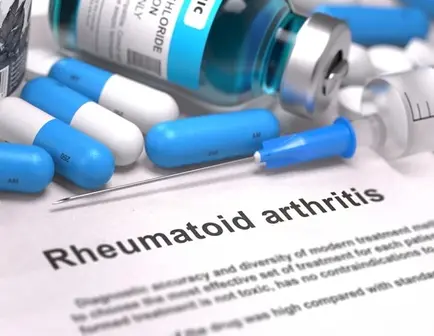T4K3.news
Manchester study identifies two new neurodevelopmental disorders
Researchers link noncoding DNA mutations to two new brain development disorders and discuss future diagnosis and treatment
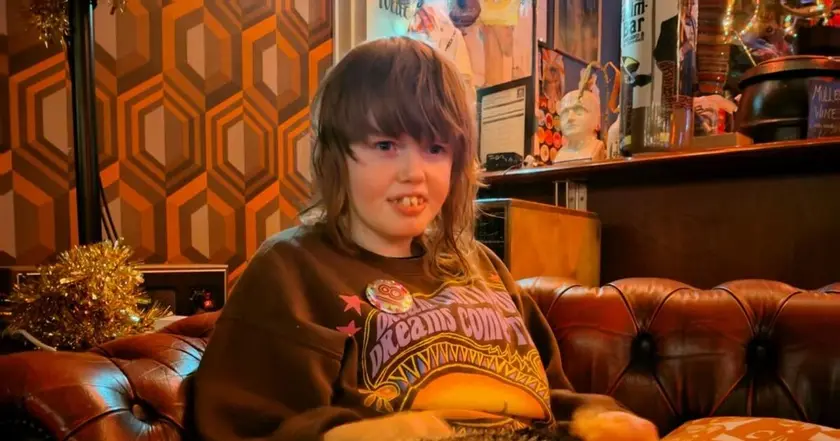
Manchester researchers identify two new genetic conditions linked to brain development and outline how findings could change diagnosis and care.
Manchester scientists uncover two new neurodevelopmental disorders
Researchers at the NIHR Manchester Biomedical Research Centre and partners analyzed genetic data from thousands of people, including the 100 000 Genomes Project, to look at noncoding parts of the genome. They found mutations in regions that form R loops, structures that influence genetic activity, and linked them to two new neurodevelopmental disorders, RNU2-2 related disorder and RNU5B-1 related disorder. These conditions are associated with developmental delays, seizures and other neurological features.
Rose Anderson, now 18, was diagnosed with RNU2-2 related disorder in October 2024 after a long search for a cause. Her family has supported ongoing work, including donating skin cells for brain stem cell research. The study illustrates how advances in genomic medicine can connect clues from early pregnancy to lifelong outcomes and may help thousands of patients worldwide.
Key Takeaways
"We felt excited and relieved to finally receive Rose’s diagnosis."
Lyn Anderson on receiving the diagnosis for Rose
"Rose is non-verbal and is great at communicating using objects and symbols."
Lyn Anderson describing Rose
"We now want to understand these conditions better, such as how do their symptoms evolve over time and discover potential treatment options."
Dr Adam Jackson on next research steps
"With this information, we hope to identify treatments and therapies for patients."
Professor Siddharth Banka on goals for therapy
The study shifts the focus to noncoding DNA and the role of R loop structures in brain development. It shows that areas once dismissed as junk DNA can influence how the brain grows and functions. The collaboration drew on data from the 100 000 Genomes Project and the NIHR Manchester BRC to identify patterns that smaller studies could miss.
Yet the leap from discovery to care is not automatic. Access to testing and follow up care varies by country and health system. Naming new conditions raises questions about funding and how quickly families can benefit from new knowledge. The work sets up a hopeful path, but it also asks policymakers to ensure equitable access to genomic advances.
Highlights
- Hidden parts of the genome hold clues we never expected
- A diagnosis is a map not a verdict
- Science turns mystery into a plan for families
- Every new detail shifts the future for thousands of people affected
Genetic research raises questions about access and funding
As genome based diagnoses expand, health systems must decide how to fund wider testing and ensure families receive timely support. Public dialogue and political choices will shape how fast these advances reach patients.
The road from discovery to care tests the balance between rapid science and broad access.
Enjoyed this? Let your friends know!
Related News

Eight new schizophrenia genes identified

ADHD studies show wide impact
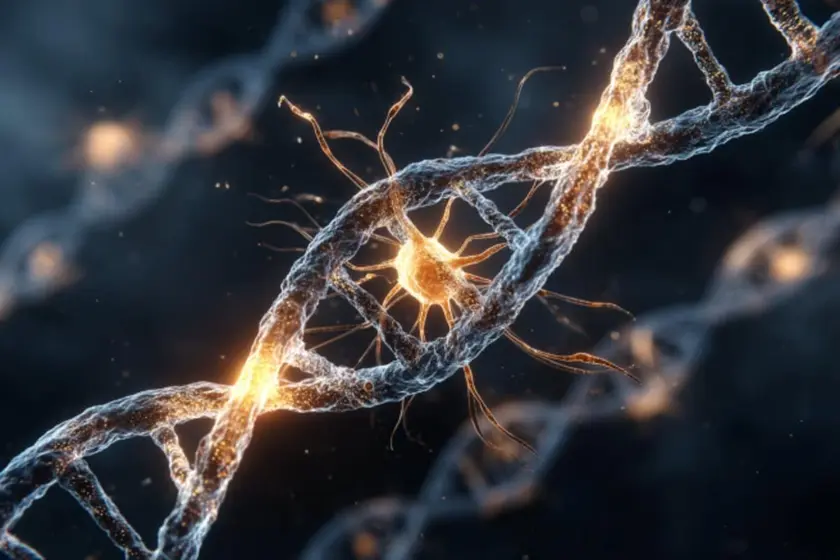
HAR123 linked to human brain traits

Autism study identifies brain gate as therapy target

Discovery of four autism types could revolutionize treatment

Tonmya FDA approval
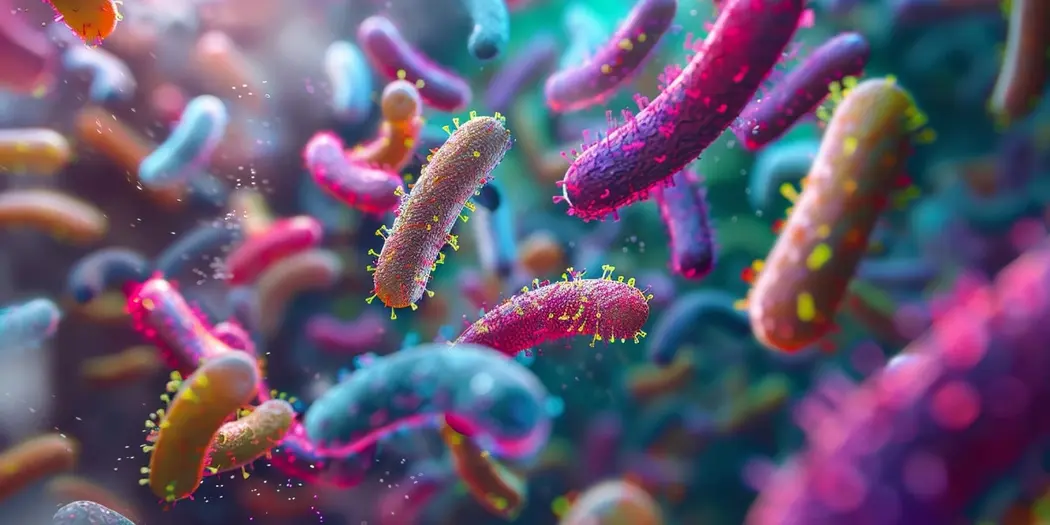
New Study Links Psychiatric Medications to Gut Changes
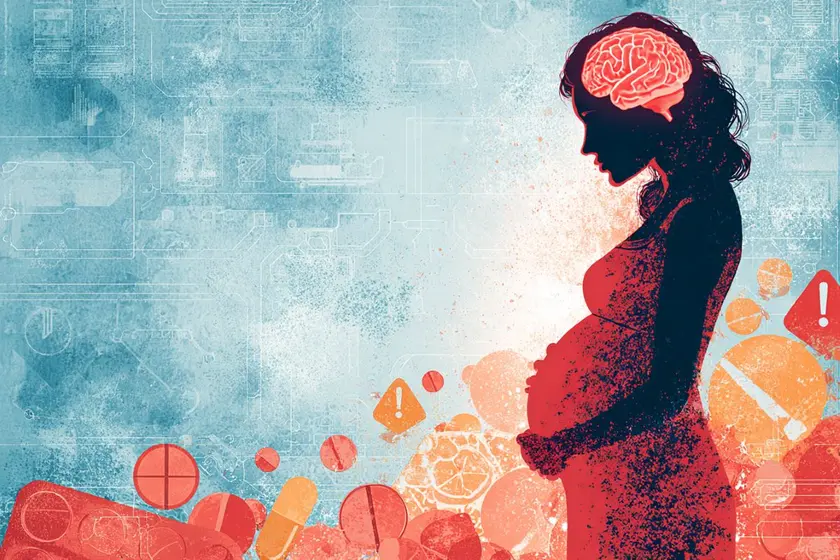
Prenatal acetaminophen linked to higher autism ADHD risk
